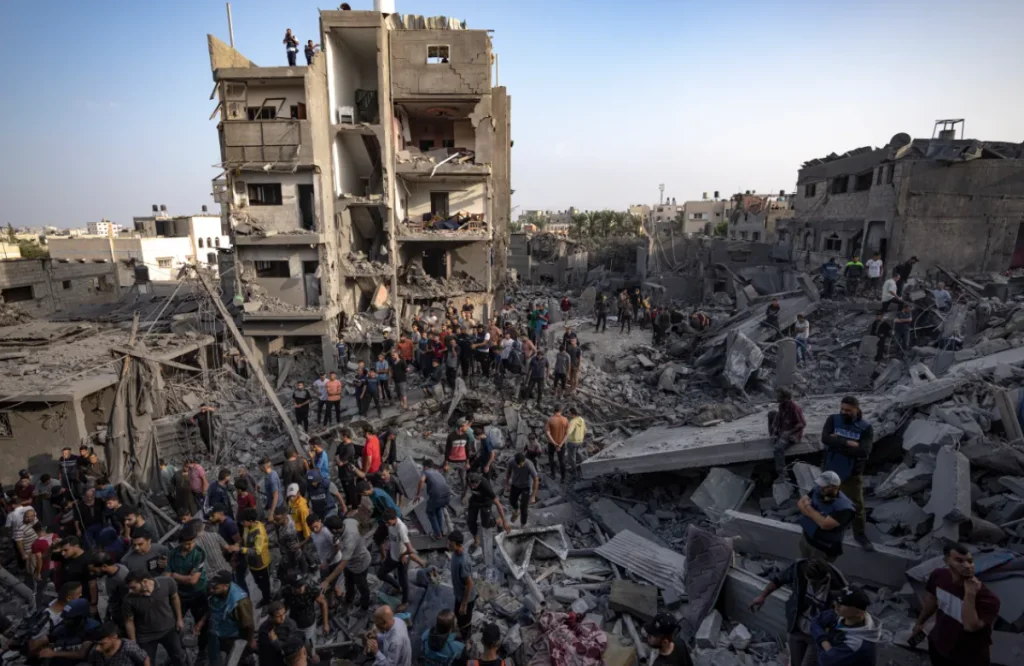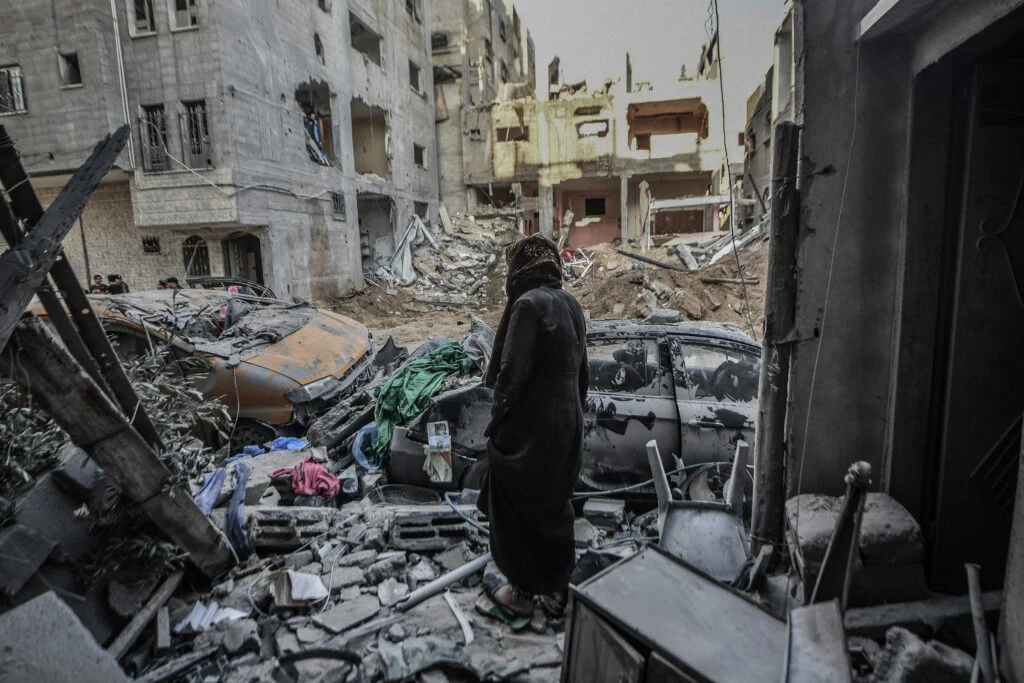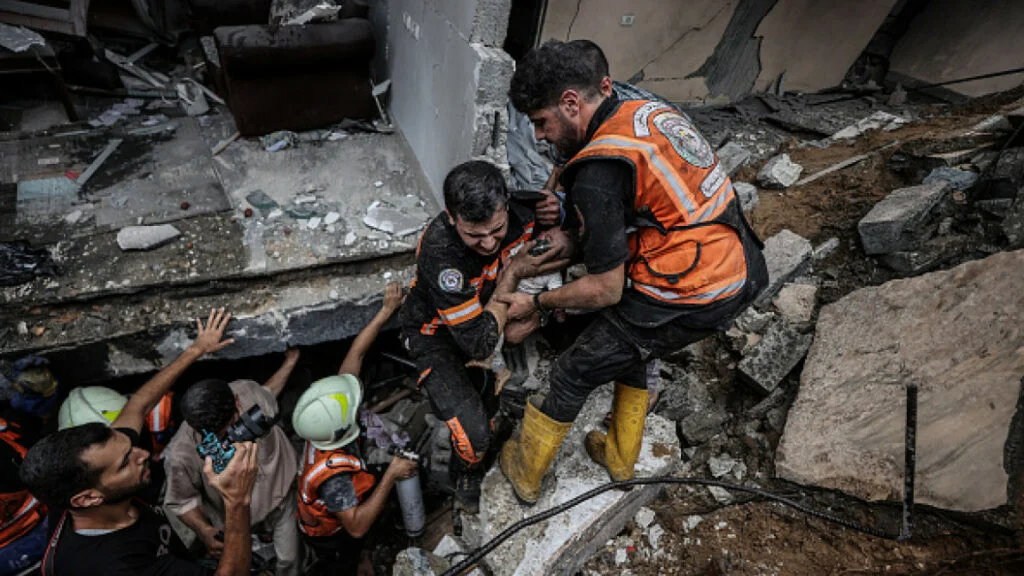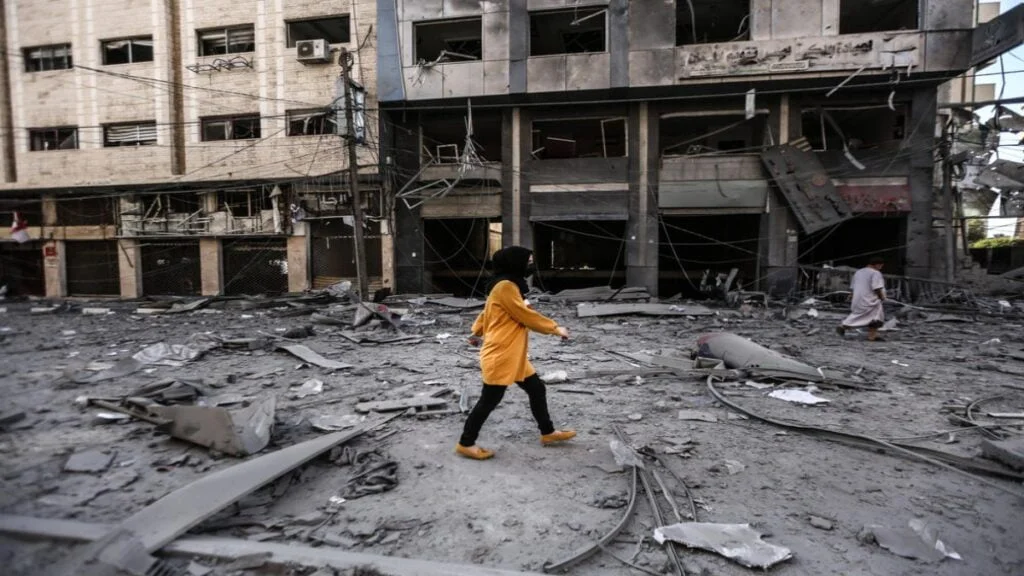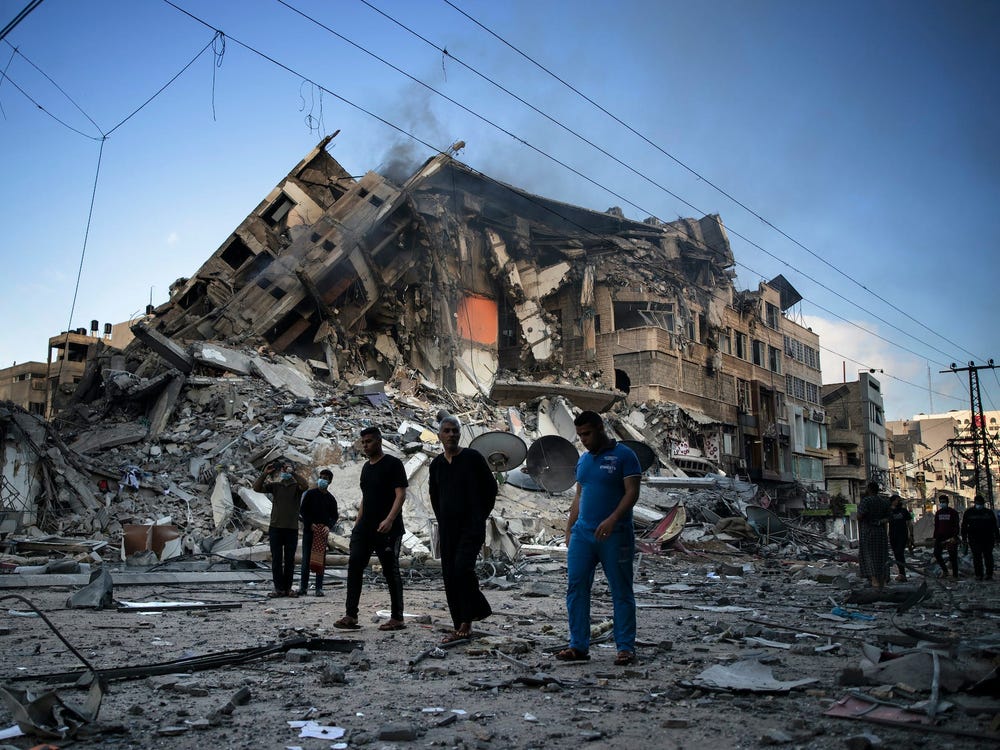The ongoing genocide in the Gaza strip has been devastating to witness. The scale of destruction has made Gaza utterly uninhabitable. Israel’s present attempt to ethnically cleanse Gaza has claimed innumerable lives and its toll on survivors in Gaza is unimaginable. Yet, it is essential to remember and document all the lives the genocide has claimed so that they are not forgotten, and to fathom the scale and depravity of Israel’s actions. Data that validates the on ground reality in Gaza, prevents the falsification and discrediting of experiences by Israel, giving control of the narrative back to Gazans.
A recent article by Lancet sought to estimate the death toll in Gaza Strip thus far.
A recent article by Lancet sought to estimate the death toll in Gaza Strip thus far. This is crucial to hold Israel accountable to its actions and as proof of its genocidal intent in Gaza. Collecting data about the on ground conditions in Gaza has become increasingly difficult due to reduced capacity, poor connectivity and targeted attacks by Israel (among other such reasons).
Lancet, in collaboration with NGOs working in Gaza, WHO, UNRWA and the Palestinian Ministry of Health- Gaza (PMH-G henceforth), estimated that 1,86,000 lives can be claimed by the genocide. This number includes the reported 37,396 direct deaths (as of 19 June 2024), estimated unreported deaths and potential deaths (that have either occurred or will happen in the future) due to indirect consequences of the genocide. Indirect consequences include lack of fuel, food, aid, drinking water, waste disposal and a decimated public infrastructure (to name a few) that threaten survival in conflict areas. As per the article, the deaths due to the health implications and trauma of the genocide is set to multiply in the forthcoming months and will trickle down to future generations. The article summarises this as,
‘The total death toll is expected to be large given the intensity of this (armed) conflict; destroyed health-care infrastructure; severe shortages of food, water, and shelter; the population’s inability to flee to safe places; and the loss of funding to UNRWA, one of the very few humanitarian organisations still active in the Gaza Strip.’
It is pertinent to therefore closely examine how Israel has systematically endeavoured to make Gaza unlivable since the beginning of the armed violence.
Intercepting and restricting the flow of aid to Gaza
The occupation and blockade of Rafah by the Israel Defense Forces (IDF henceforth) has severely punctured the aid entering Gaza since Rafah was critical in aid delivery. It is also worth noting that from the beginning of the genocide, despite the International Court of Justice’s (ICJ henceforth) directive to Israel to allow the entry of adequate and timely aid into Gaza, the aid allowed has only dried up.
Quantifying this, the UN identified that prior to the ICJ’s decision, approximately 147 aid trucks were allowed into Gaza daily. This number dwindled to less than half, 57 trucks, in February. One of the alarming ways the reduced aid has directly affected Gazans is that it has brought about the onset of a famine due to forced starvation. The UN has officially declared a famine in Gaza as of 9 July 2024, given the mounting deaths of children due to starvation and consequent malnourishment and dehydration; this condition of famine has flowed from North to Central and South Gaza.
Accordingly, nutrition screenings by UNICEF as reported in March 2024 revealed that 31% children under the age of 2 in North Gaza, suffer from acute malnutrition, doubling since January 2024. Antonio Guterres, Secretary General of the UN, commented when the famine took hold of North Gaza, that the famine was ‘entirely preventable, human-made’. Coupled with targeted attacks such as the Flour Massacre in February 2024, severely limited availability of fuel and electricity, inefficient distribution of aid packets via airdropping, overall reduced entry of aid into Gaza and inflation, Israel has weaponised the deprivation of Gaza. UN experts who declared a famine in Gaza, asserted that,
‘We declare that Israel’s intentional and targeted starvation campaign against the Palestinian people is a form of genocidal violence and has resulted in famine across all of Gaza. We call upon the international community to prioritise the delivery of humanitarian aid by land by any means necessary, end Israel’s siege, and establish a ceasefire.’
Violence against aid workers
Another prong in Israel’s strategy to prevent aid from reaching Gazans who need it the most is targeting aid convoys and premises. Not only is this an act reflective of the deep destruction Israel seeks to achieve in Gaza, it is also forbidden by International Humanitarian Law. Aid workers are crucial for providing essential resources and services and their absence spells severe health implications for the Gazans. This ecosystem has also been systematically taken apart— over 250 aid workers have been killed in seven months in Gaza, which surpasses the total death toll in the entire world in any year in the past two decades.
While Israel has argued that these attacks were accidental, an inquiry by the Human Rights Watch has put this number at a minimum of 8 attacks (the attack on the World Central Kitchen convoy was one that came to the fore), debunking the myth of the attacks being isolated or accidental. Organisations concerned for the lives of their employees are choosing to downsise their efforts, removing employees from on ground operations, suspending operations, restricting aid activities etc. This endangers life, even as we know now, in Gaza.
Marked shortage of water and collapsing sanitation facilities in Gaza
Drinking water, an essential resource in all daily activities, is hard to come by in Gaza. Only about 4% water in Gaza was drinkable. Clean drinking water has always been a scarce resource in Gaza because of its geographical location, relying primarily on groundwater reserves and desalination of the sea water. The water treatment plants that are operational are functioning at a fraction of their capacity due to the shortage of fuel. Undisposed, growing sewage seeps into the groundwater, with over half of the existing water having been demolished.
The waste disposal landfills are now within Israel occupied territory and hence, the waste is either dumped in the open (which trickles into the tents), it is being dumped into the Mediterranean Sea. The severely restricted aid that percolates into Gaza is insufficient for rebuilding the water and sanitation infrastructure with the necessary scale and speed. About 70% of the population in Gaza only has access to contaminated and/or salinated water. The comprehensive and intentional infrastructural destruction by Israel has also demolished the channels for distributing water— only rubble and debris remain of the roads, water pipes and distribution points.
The lack of drinking water has translated into detrimental health consequences for Gazans.
The lack of drinking water has translated into detrimental health consequences for Gazans. Water borne diseases, particularly diarrhoea, have become rampant due to water pollution. The intense heat in the tents, squalid living conditions and the inadequacy of water has amounted to skin diseases for approximately 1,50,000 Gazans. The sanitation facilities in Gaza are now completely non-functional as there are no washrooms or toilets that people can access. Added to this is the complete demolition of public infrastructure, land grabbing and cultural appropriation.
The article by Lancet also clearly underscores the urgency of a permanent ceasefire supplemented by immediate recovery efforts.
‘An immediate and urgent ceasefire in the Gaza Strip is essential, accompanied by measures to enable the distribution of medical supplies, food, clean water, and other resources for basic human needs. At the same time, there is a need to record the scale and nature of suffering in this conflict. Documenting the true scale is crucial for ensuring historical accountability and acknowledging the full cost of the war. It is also a legal requirement.’
Indeed, the Interim Damage Assessment by the World Bank and UN, with the financial support of the European Union, which was compiled based on the events that transpired between October 2023 to January 2024 corroborates this. However, while demanding for a ceasefire, it is pertinent to remember that the long-term, cumulative consequences on Gazans will extend beyond a ceasefire. A ceasefire will be a mere bandage on the severe physical, mental and emotional toll of the genocide— its implications on health and particularly the development of children cannot be imagined.
A ceasefire will be a mere bandage on the severe physical, mental and emotional toll of the genocide— its implications on health and particularly the development of children cannot be imagined.
To build a life after surviving a genocide would be painful and difficult, scary even. The article by Lancet persuades us to not only consider the immediate and the present consequences of the genocide, but also how the trauma and grief of a genocide, living with physical and mental scars, in the backdrop of a ruined public infrastructure will continue to injure survivors.
About the author(s)
Abhinaya Sridhar is an undergraduate student of English literature. She enjoys documenting her personal experiences and opinions and occasionally indulges in writing fiction. She is a creature of habit and can be found listening to the same classical songs on loop or cooking up a storm in the kitchen. She can be found on Instagram
